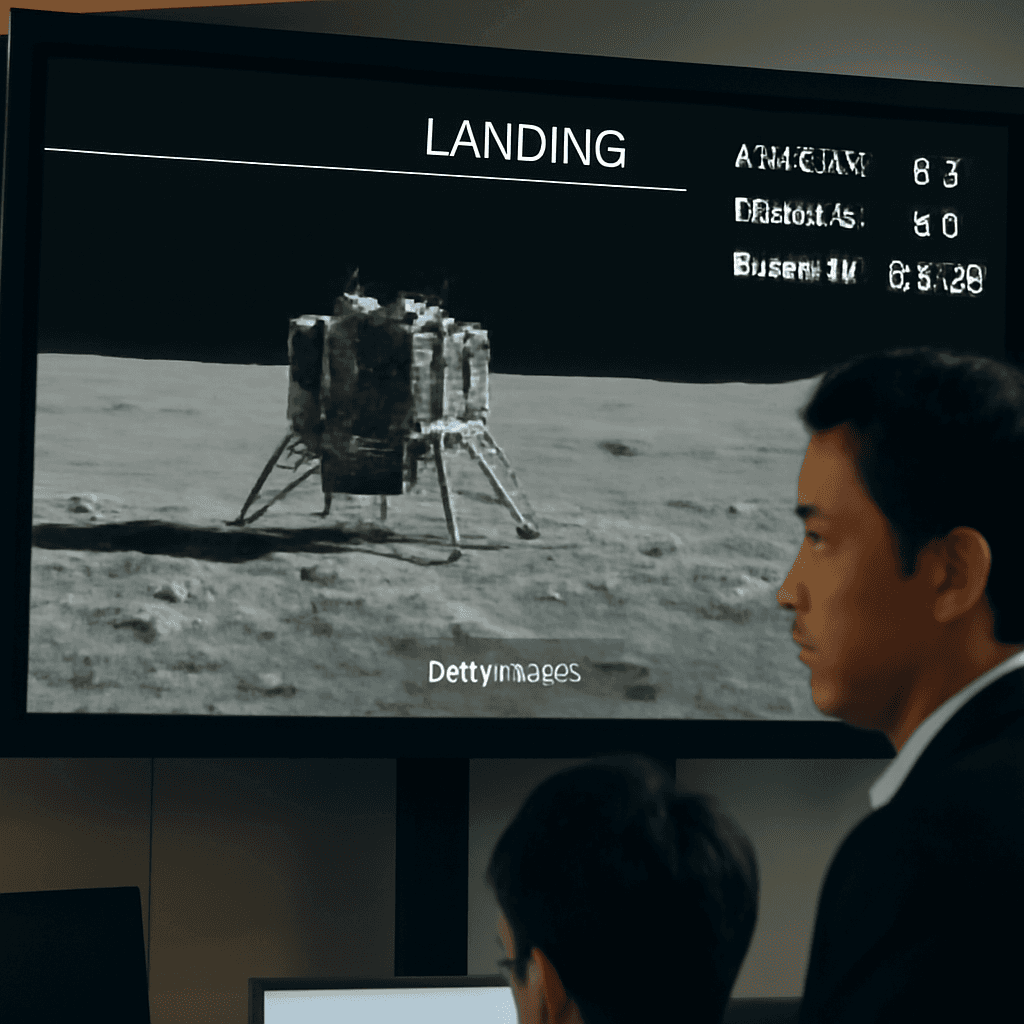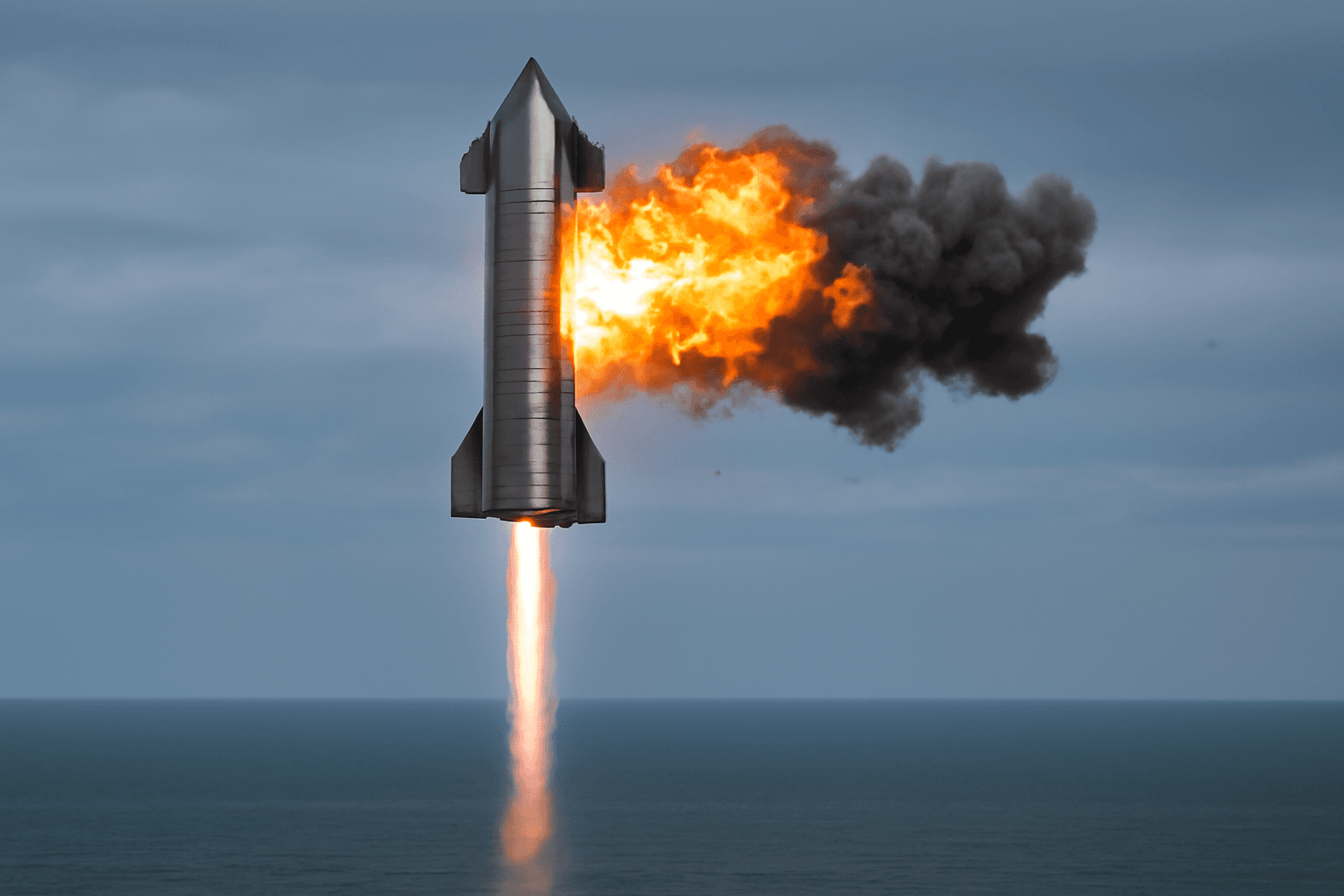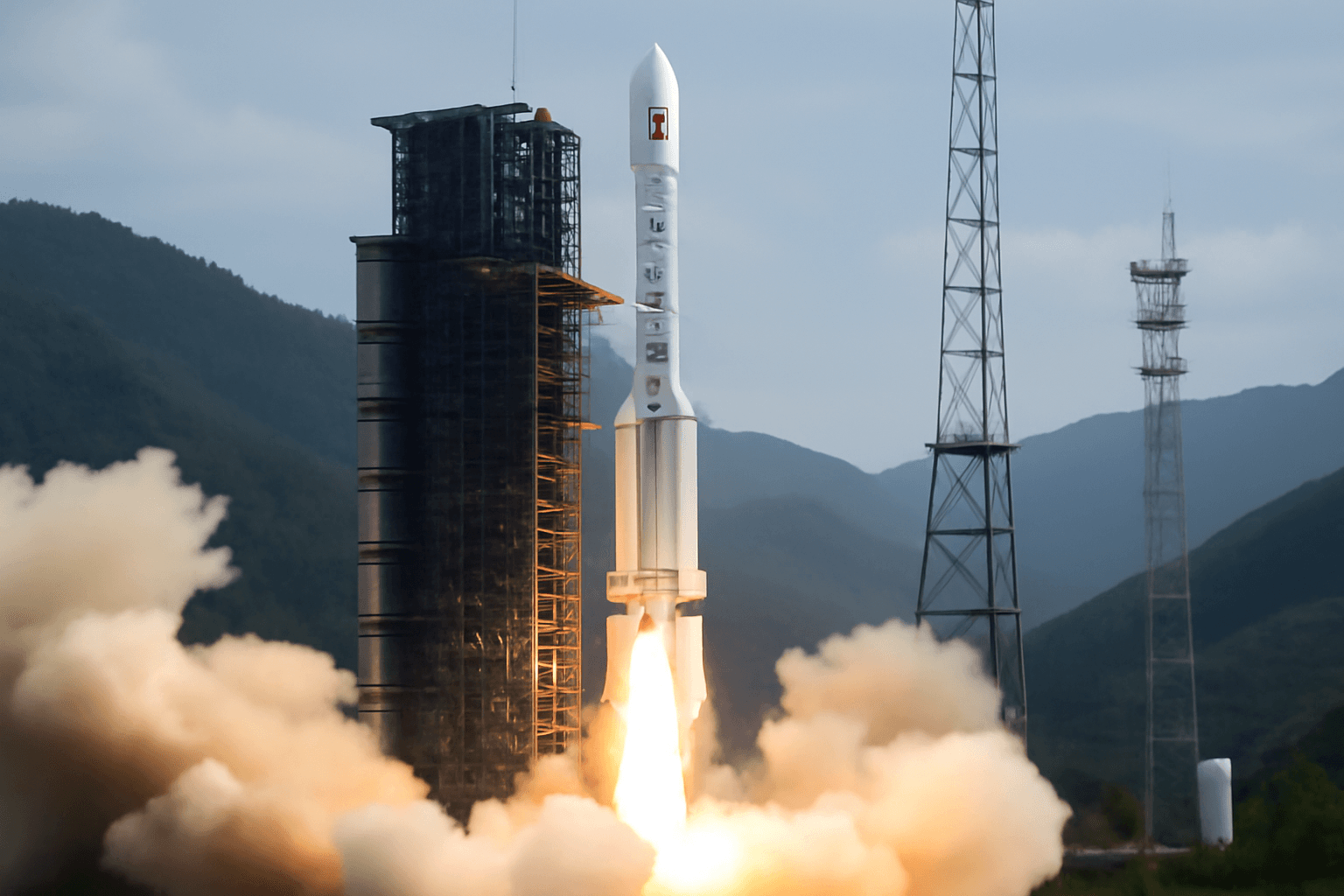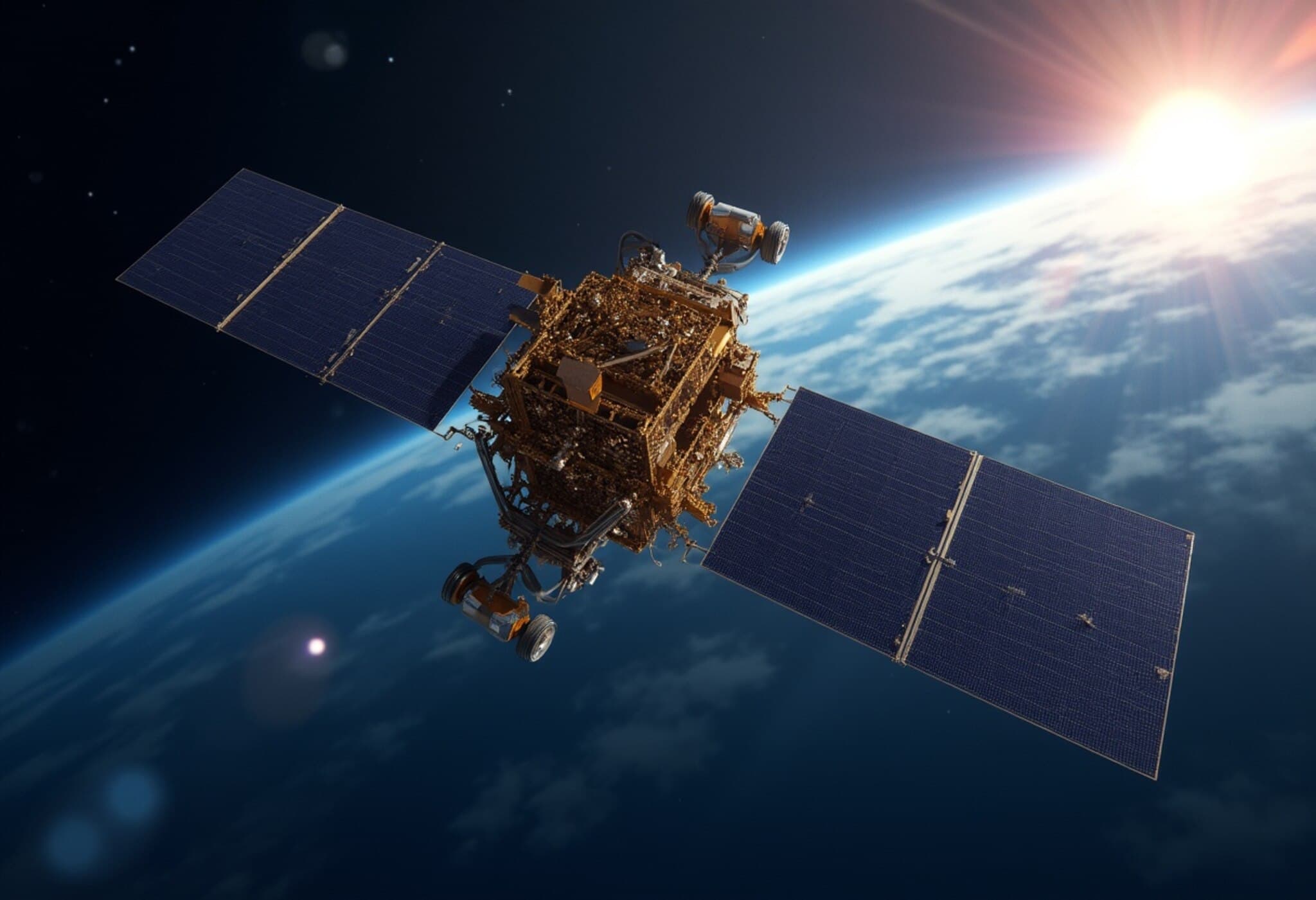NASA Faces Unprecedented Budget Cuts Under Trump Administration
The future of American space exploration hangs in the balance as NASA grapples with the steepest funding reductions since its inception in 1958. The Trump administration’s proposed budget has driven NASA’s resources to their lowest point since before the first human spaceflight in 1961, threatening to halt 41 critical missions and sending shockwaves through the agency.
The Grim Reality: 41 Missions at Risk
Among the most alarming consequences of these cuts is the potential cancellation of 41 NASA missions, both ongoing and planned. These projects span an expansive range of space science—from Mars sample return efforts to climate-monitoring satellites—each indispensable for pushing the frontiers of knowledge.
- Mars Sample Return Mission: This flagship program, decades in the making, aims to bring Martian rocks and soil back to Earth for analysis. The Perseverance rover has already collected samples sealed on Mars, now imperiled by budget constraints.
- Asteroid and Outer Planetary Science: Missions targeting asteroid research and interplanetary probes face uncertain futures, stalling progress in understanding our solar system’s origins.
- Earth Observation Projects: Critical long-term climate monitoring programs risk being shelved, impacting vital data collection efforts amid growing environmental concerns.
Inside NASA: Expertise and Morale in Decline
The budget cuts are not just numbers on paper; they unravel the very fabric of NASA’s workforce. Over 4,000 employees—including more than 2,000 senior leaders—are expected to leave due to early retirements and attrition. Former NASA engineer Steve Rader described an atmosphere thick with "sadness and paranoia," noting the painful exodus is dismantling decades of institutional knowledge—a blow to technical capacity that could take years to remedy.
Nuclear Power Program in Peril: A Strategic Misstep?
One of the most critical casualties is the proposed shutdown of NASA’s radioisotope power systems (RPS) program. These nuclear batteries power spacecraft in deep space where sunlight is too weak to generate solar energy, enabling historic missions like Voyager and the Mars rovers.
The 2026 budget suggests phasing out RPS funding by 2028, effectively ending support for missions beyond the inner solar system, including the highly anticipated Dragonfly mission to Titan, Saturn’s largest moon. Scientists warn that dismantling RPS infrastructure risks a costly and decades-long rebuild effort.
Uranus Mission and the Outer Solar System at Risk
The next decade’s top-rated planetary science mission—a probe to Uranus—depends entirely on nuclear power for survival across its more than two-billion-kilometer journey. Although not officially canceled, cutting RPS funding leaves this mission—and with it, the study of ice giants—in serious jeopardy. Experts argue this contradiction reflects a troubling disconnect between policymakers’ stated priorities and the practical means to achieve them.
Implications Beyond NASA: Global Space Race Heats Up
While the U.S. scales back nuclear power technology support, international competitors ramp up efforts. Russia continues its established programs, while China, India, and Europe invest in alternative nuclear power sources for space exploration. Europe’s development of americium-241-based power systems highlights the global recognition of nuclear power as a strategic space asset.
Relinquishing leadership in this domain risks ceding scientific dominance in deep space exploration to rising global powers.
Broader Impact: Harming Long-Term Exploration and Climate Science
Beyond missions to distant worlds, the RPS shutdown threatens near-term goals including sustained lunar bases and Mars expeditions. The harsh realities of Martian dust storms and prolonged lunar nights mean solar power alone is unreliable—nuclear power is a lifeline for these endeavors.
Experts caution that, paradoxically, support for large-scale lunar nuclear reactors alongside eliminating small, proven RPS units shows a shortsightedness in strategic technology development.
Public and Scientific Community Pushback
The proposal to slash NASA’s budget has galvanized resistance from within the agency and across the scientific community. Over 300 NASA employees signed the “Voyager Declaration,” denouncing the cuts as “rapid and wasteful” and warning they undermine the agency’s foundational mission.
Organizations like the Planetary Society actively lobby Congress to restore funding, emphasizing the strategic importance of continued investment in space science and nuclear power systems.
More Than Dollars: The American Dream of Exploration at Stake
NASA is more than a federal agency; it’s a global symbol of American ingenuity, ambition, and unity. Polls show a rare bipartisan admiration for NASA, with 67% of Americans viewing the agency favorably—toning with only a few other storied institutions.
As budget cuts threaten to dismantle NASA’s scientific programs, they signal more than fiscal conservatism—they represent a profound challenge to the nation’s aspirations and global leadership in exploration.
Expert Insight
Casey Dreier of the Planetary Society poignantly describes this moment as witnessing the “death of an ideal,” emphasizing that the stakes extend beyond technical capability to the very spirit of innovation and discovery. Meanwhile, experts urge policymakers to align budget decisions with strategic vision to avoid irreversible setbacks in space exploration.
Editor’s Note
NASA’s current budget crisis exposes a critical crossroads in the U.S. space program’s trajectory. Will America maintain its pioneering role in deep space exploration, or cede ground amid competing global powers? The precarious fate of nuclear-powered missions underscores the complex interplay between fiscal policy and scientific ambition. As stakeholders debate, the broader public must ask: How vital is space exploration to our national identity and future? And what are the real costs—financial and inspirational—of grounding our dreams among the stars?













